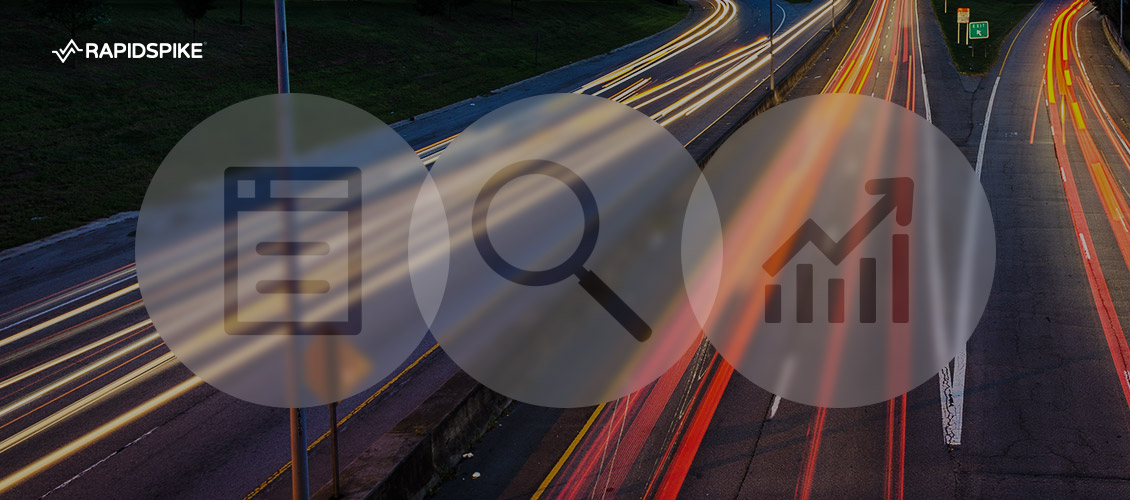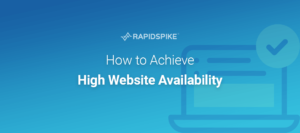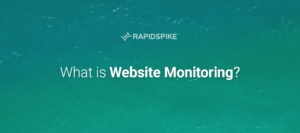Speed kills! So watch the speed limit people! But not on the Internet, in fact a nippy website speed will often help grow and nurture your online accomplishments.
This blog will give you a checklist to improve your sites SEO ranking while simultaneously bumping up your conversion rates. However I will say that this is not a quick fix and will be a team effort. Of course, you already know that!
It is well known that your Google SEO rankings are affected by site speed. A quick Google search will be enough to verify that. We also know that site speed is directly linked to site abandonment and conversion rates. The Internet is a fluid thing where every site is different. So the direct impact in terms of numbers will vary from website to website. However what we can say for sure is this:
A faster site means better opportunities to improve SEO, decrease site abandonment and improve overall conversion rates
Enough theory, what can you do to improve your SEO rankings and online conversion rates in four easy steps?
Step 1 – Know your site speed!
You cannot manage what you don’t measure. How can you improve your site speed if you have no idea what it is? The more technical term for this is load time which is something you should be aware of. In fact, it should be reviewed on a daily basis and form part of your RAG* report.
Real User Monitoring or RUM is a great way to understand your page load speed. Effortless performance analytics can be measured and recorded from your customer’s browser to help identify areas that need your focus.
(* RAG or ‘Red Amber Green’ is a project management strategy used to assign priority to tasks.)
Step 2 – Which pages SHOULD be faster?
RUM records the load times for individual pages and identifies the real user’s choice of browser and their location. This will allow you to see not only where most of your customers are coming from and what browser they are using, but the load time of the most important pages. Using this information you can identify which pages are the most popular and most performant.
Step 3 – Make the adjustments
It may be that you have access to an in-house development team to make the necessary adjustments needed to improve the site. In which case, job done! However if you cannot, then maybe it is time to enlist the help of someone who can.
Digital and web agencies are a good place to start. You can also check with your hosting provider what they could do to help improve your sites speed.
Step 4 – Keep an eye on the dashboard
When speed matters, keeping an eye on your speed is important. You will be surprised how many businesses fail or underachieve because they don’t measure the basics, like site speed.
One great way to do this is using Synthetic User Journey Monitoring. These scripts not only measure and record your page load times but can spot and alert you if you experience a slow down in the most important parts of your website. Once again, a quick Google search on Synthetic User Journey Monitoring is a worthwhile investment.
Once you are on top of site speed better SEO results will follow. It is important to remember that reliability should always be put forward before performance. If your website is experiencing regular downtime then you need to know about it and do something about it now.
Remember: a faster more reliable site often leads to a rapid spike in SEO ranking and conversion rates!






